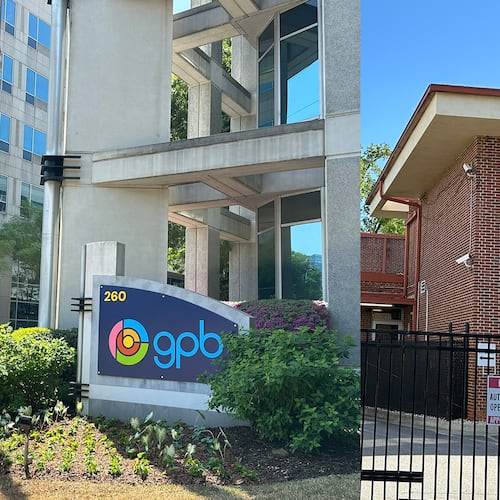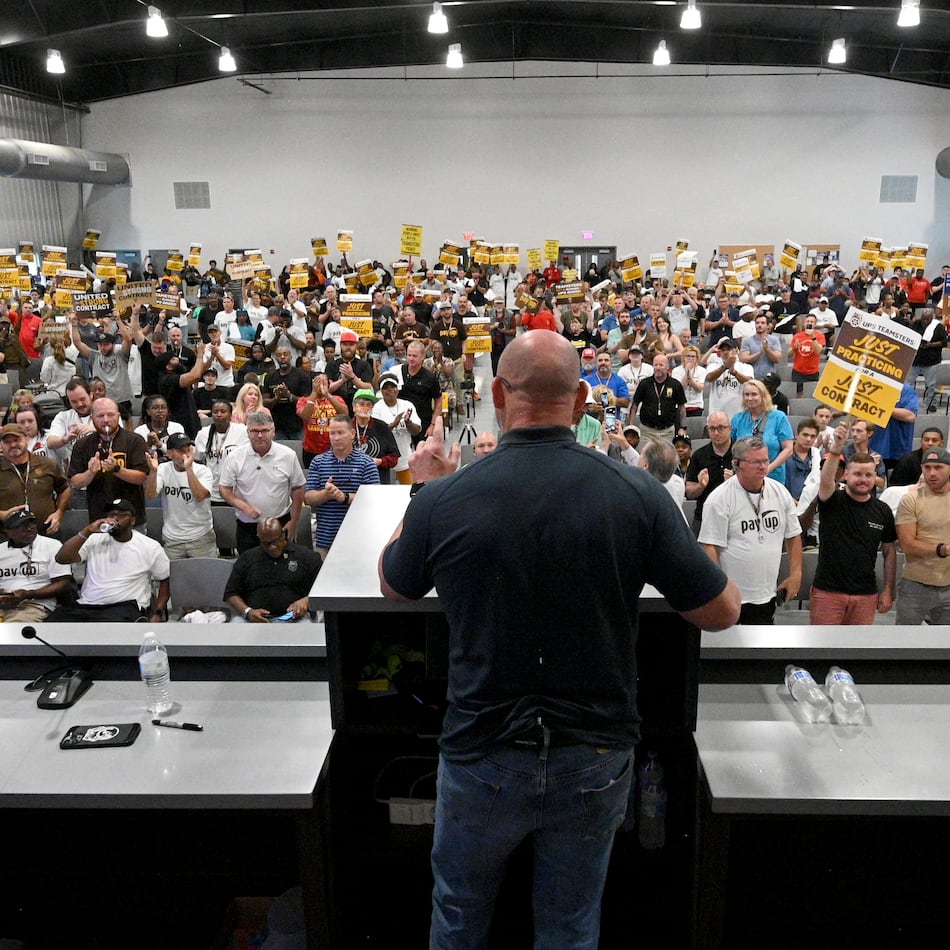When the Federal Reserve’s elite committee voted Dec. 16 unanimously to raise the benchmark interest rate, Dennis Lockhart was ready. In fact, he had been ready since September.
Lockhart, president of the Federal Reserve Bank of Atlanta and a voting member of the group, says he was convinced several months ago the time had come to start hiking rates. The committee decided to hold off in August amid concerns the economy was still too fragile.
But this month the group lifted the Fed rate — on which many others are based — by 0.25 points, the first hike in several years. More small increases could come in 2016.
In an interview last week, Lockhart talked about the economy, the rate hike and the outlook for the new year.
Q: The vote to raise rates came after years of anticipation. Why now?
A: There has not been a rate-rise for nine, nine-and-a-half years – almost ten years, almost a decade. The Federal Funds Rate had been at its lower bound – which is close to zero – for seven years. Clearly that was an extraordinary policy to deal with extraordinary challenges.
As those challenges subside and as a more normal economy developed, to me, it became more and more clear that it was time to normalize interest rates. Now, exactly what normal interest rates look like remains to be seen. And will be a question of how the economy performs. But I and my colleagues believe that zero is not normal.
Given where we are in the economy – five percent unemployment, a growth rate that is not outstanding, but is quite respectable and looking forward, most of us at the table believe we are going to be able to sustain a continual rate of growth, make progress on unemployment and very importantly, get past some temporary influences on inflation that is too low and get inflation up to a healthier level, which we have deemed to be 2 percent.
Q: How long do you think it will take before you can judge whether it was the right call at the right time?
A: I would certainly say, not in one or two quarters. One or two quarters in economic time is too short. I would say this time next year we should have a pretty good basis for an evaluation whether the decision was timely.
Q: What is it you would see in a year that would prove you were right?
A: It’s not a difficult question to answer. I would like to see growth sustained at 2 percent annualized growth or better. I’d like to see the unemployment rate below 5 percent – probably somewhere between 4.5 and 5 percent – and very importantly… that inflation will rise to our 2 percent target in the medium term. I’d like to see real evidence of that happening.
Q: Growth has been consistently below 3 percent. Most recoveries have been better than that. Has there been a change in our economic potential?
A: In my current forecast through 2018, I have dropped the pace of growth a little bit… the speed limit of the economy is a little lower than in the past.
That is a pretty widely held view that the trend rate in the economy is lower than in previous periods.
Q: Why do you think the potential has fallen?
A: We certainly would prefer that it not be the case. First thing I would say is that mature economies and maturing economies tend to grow slower than emerging economies. Why can China grow at 6.5 (or) 7 percent? Because they were coming from a very low place.
Q: Going into 2016, what economic factor is your greatest fear?
A: The answer to your question is the inverse of what is driving the economy. The answer is domestic demand and within domestic demand, consumer activity.
So if I am going to worry about something, I am going to worry about the consumer getting extremely cautious. And typically consumer activity is a function of the outlook for employment, which leads to the outlook for sustained income.
We are in a much better place than 2009, believe me. But what I fear is something that would throw that confidence off.
Q: Is terrorism an issue? It wouldn’t take a huge change in consumer spending to cause recession….
A: I’ve seen similar assertions made, (that) the atmosphere around the recent San Bernadino event could spill over into consumer activity. At this time, I tend to be skeptical about that, but social psychology and consumer confidence are very similar things.
So you cannot completely dismiss it, but I don’t see it at this time as being very likely.
Q: We have been hearing from some people since 2009 that the Fed’s historically low rates were guaranteed to trigger hyperinflation. Why were they so wrong?
A: They failed to see the correlation between the strength of the economy and the pace of growth of the economy and prices.
Also, most of us failed to predict the drop in oil prices from over a hundred dollars to below $40 a barrel. A lot of people got that wrong and that had a pretty big influence on at least short-term inflation readings.
What the textbooks tell you is that inflation or hyperinflationary situation is when the money supply in the economy grows very rapidly. (Between 2007 and 2015) that really never happened. What happened is that we grew the bank reserves on the balance sheet of the central bank very rapidly and very dramatically. But that new money has not spilled over into broad circulation in the main street economy.
The fuel for inflation has not gotten out there into the economy. And I don’t think it will.
Q: What do you hear from businesses and bankers about the rate hike?
A: Most business people were ready for rising interest rates. Certainly bankers were ready, because bankers’ margins tend to improve in a raise-raising environment. And bankers in many cases had been struggling for profitability, so they welcomed a rising rate environment.
The voices that argued against it had been social groups that had been particularly attuned to the economic conditions of lower income groups, people who remained unemployed or under-employed.
Q: In fairness, aren’t there some good reasons to question whether the labor market is so healthy?
A: I believe there remains a lot of room for a lot of improvement in the labor market, absorbing some number of unemployed and having conditions that draw people who are on the sidelines back into the workforce. And also creating conditions in which a lot of people who want full-time work can get full-time work, though now they may only be working part-time.
I believe this is still a significant amount of labor market slack. (But) it is important to emphasize that we are going to have very easy money conditions – to use central banker language, ‘very accommodative money policy’ – for quite some time.
I don’t think what I said about slack was a reason not to make the first move.
About the Author
Keep Reading
The Latest
Featured


